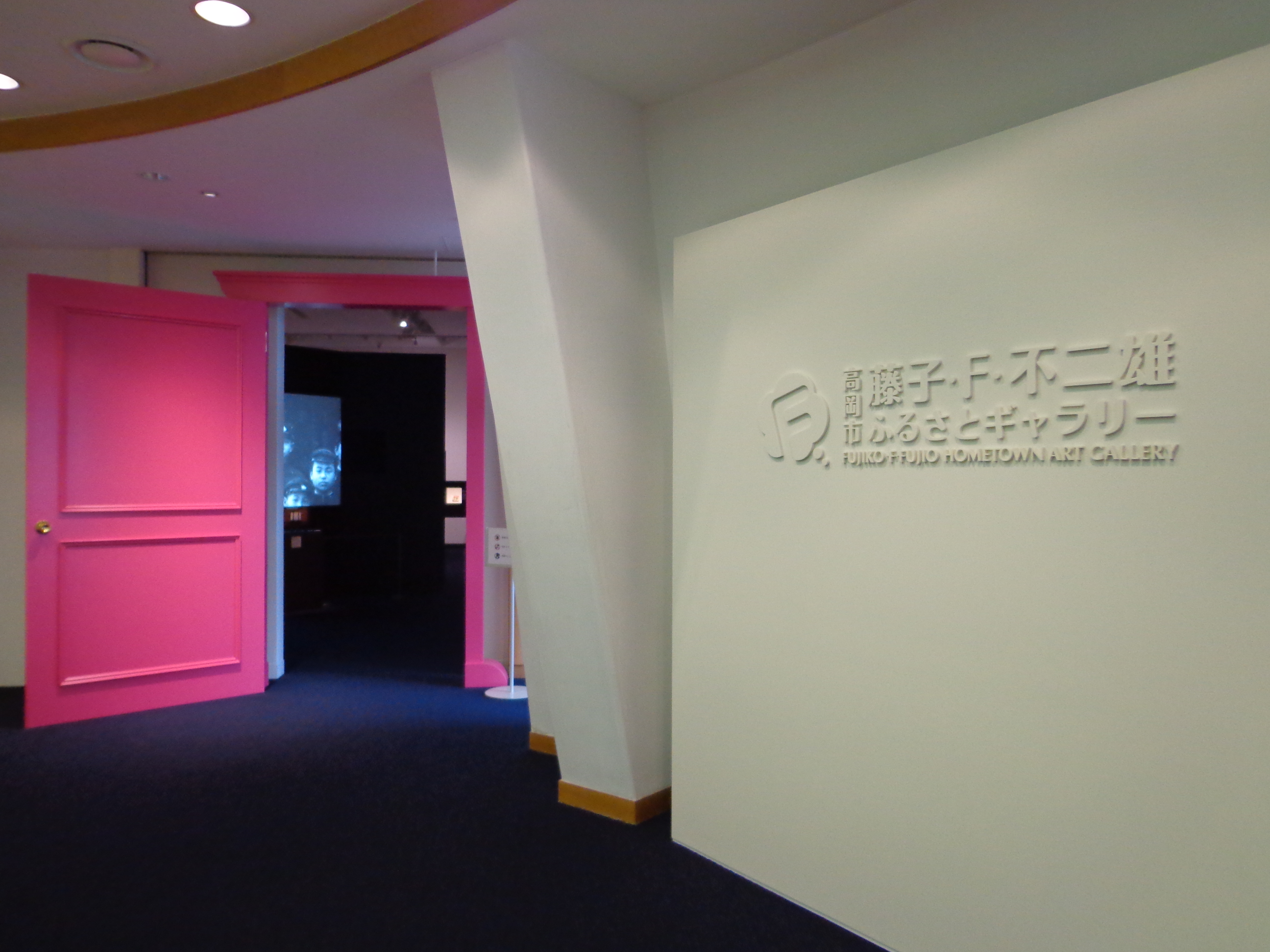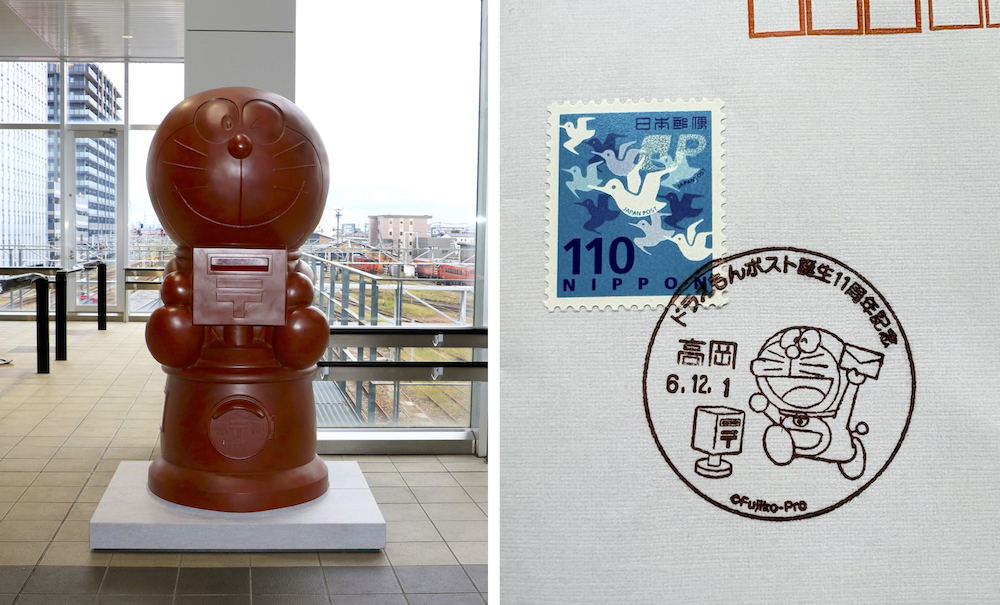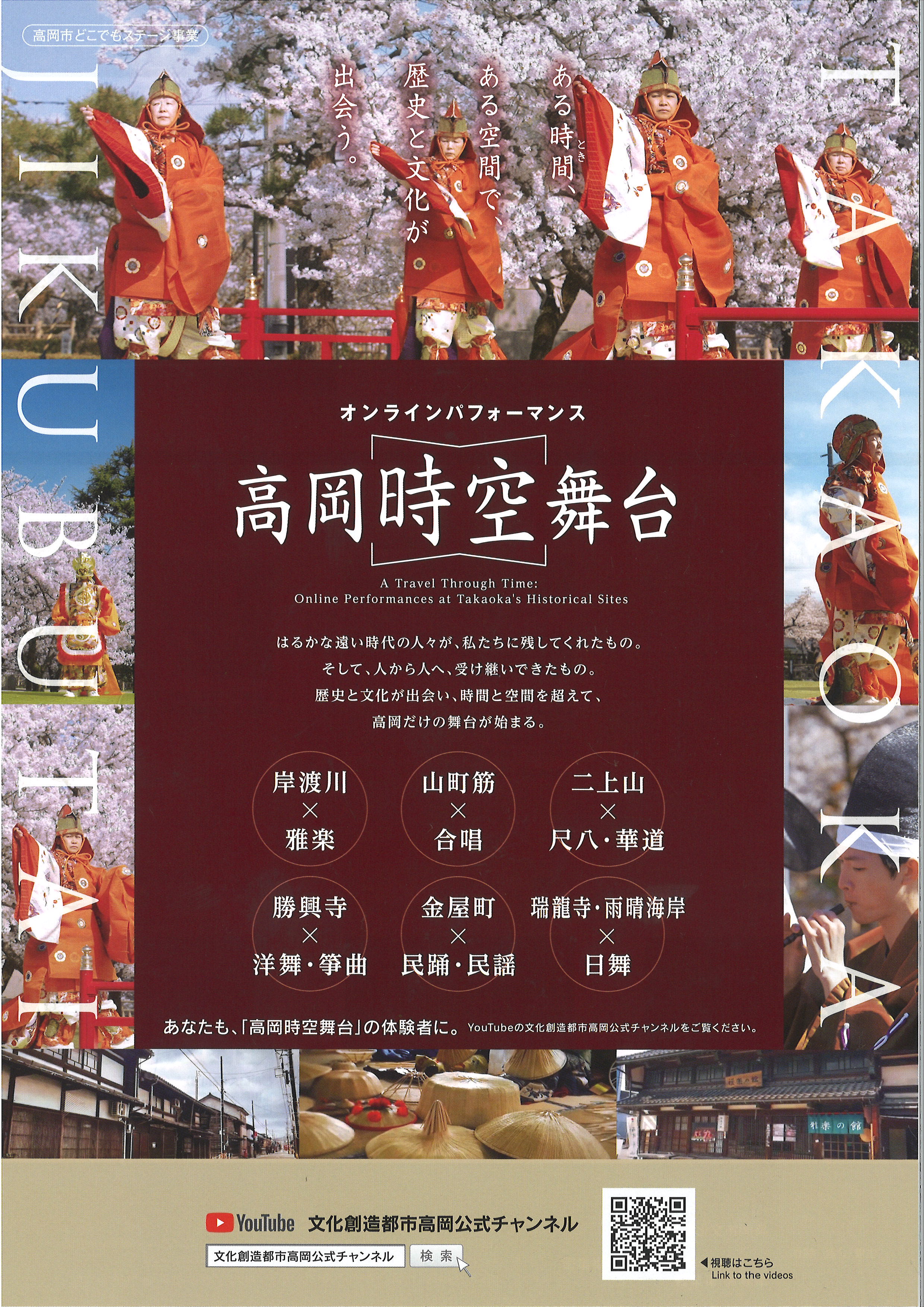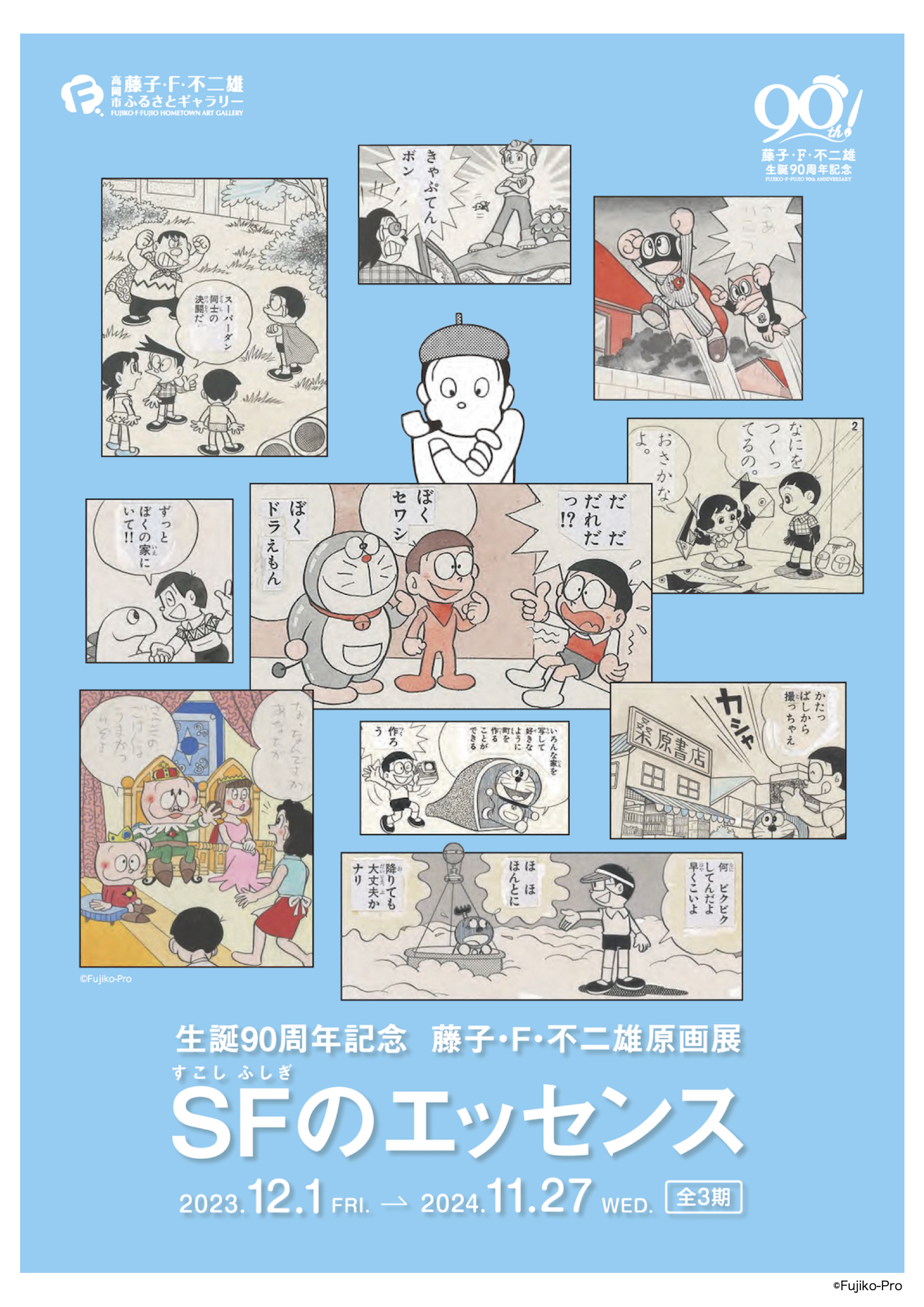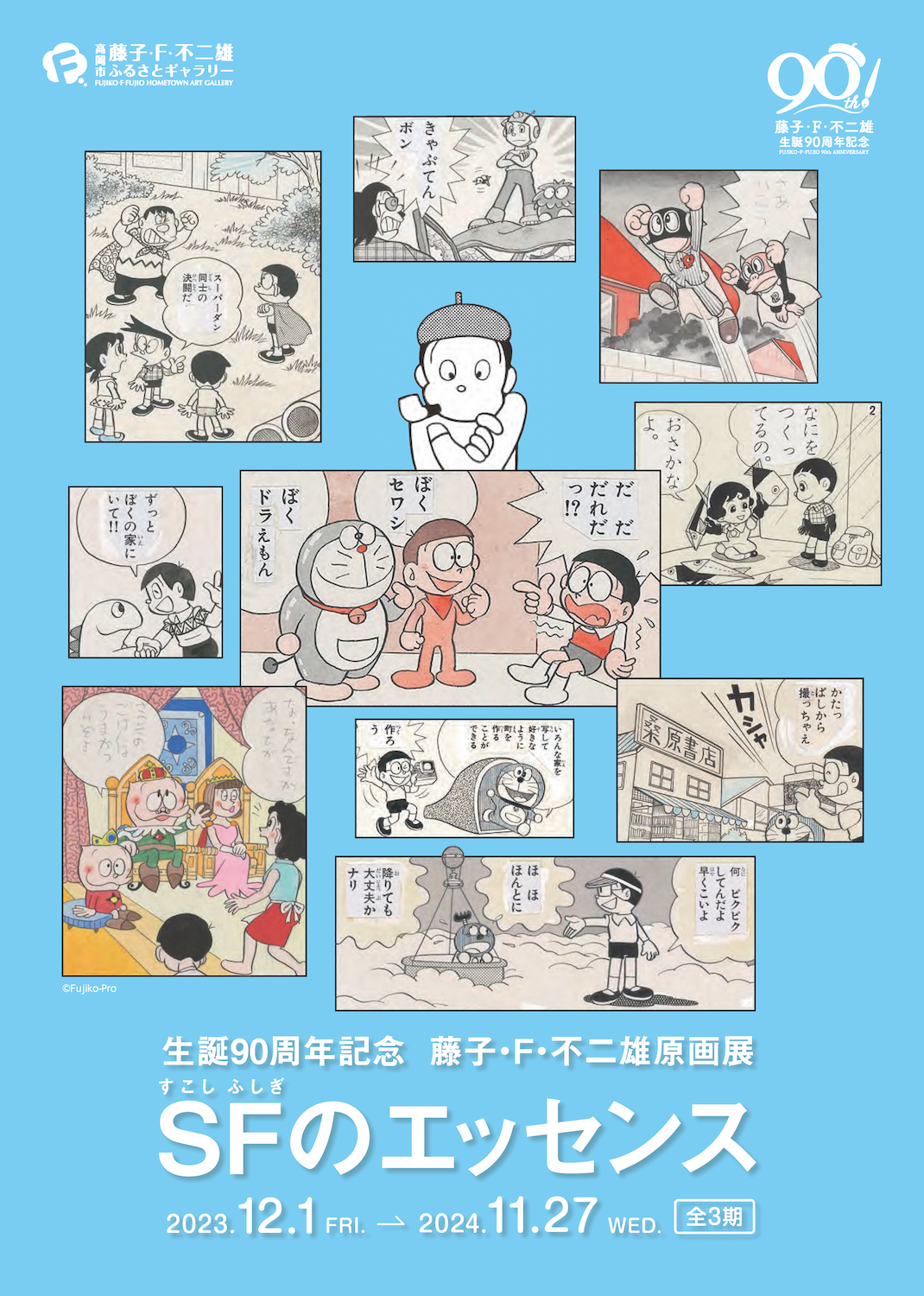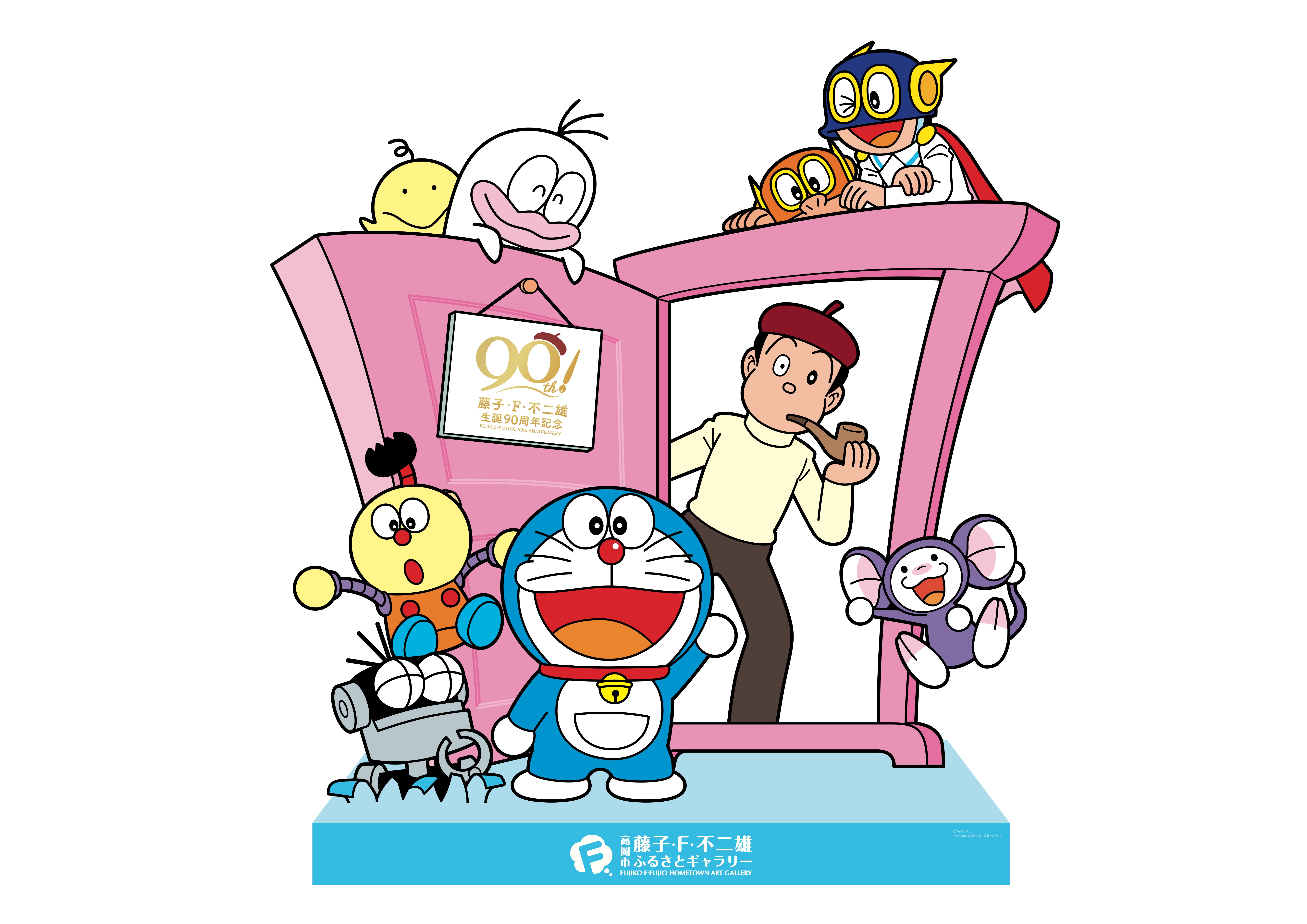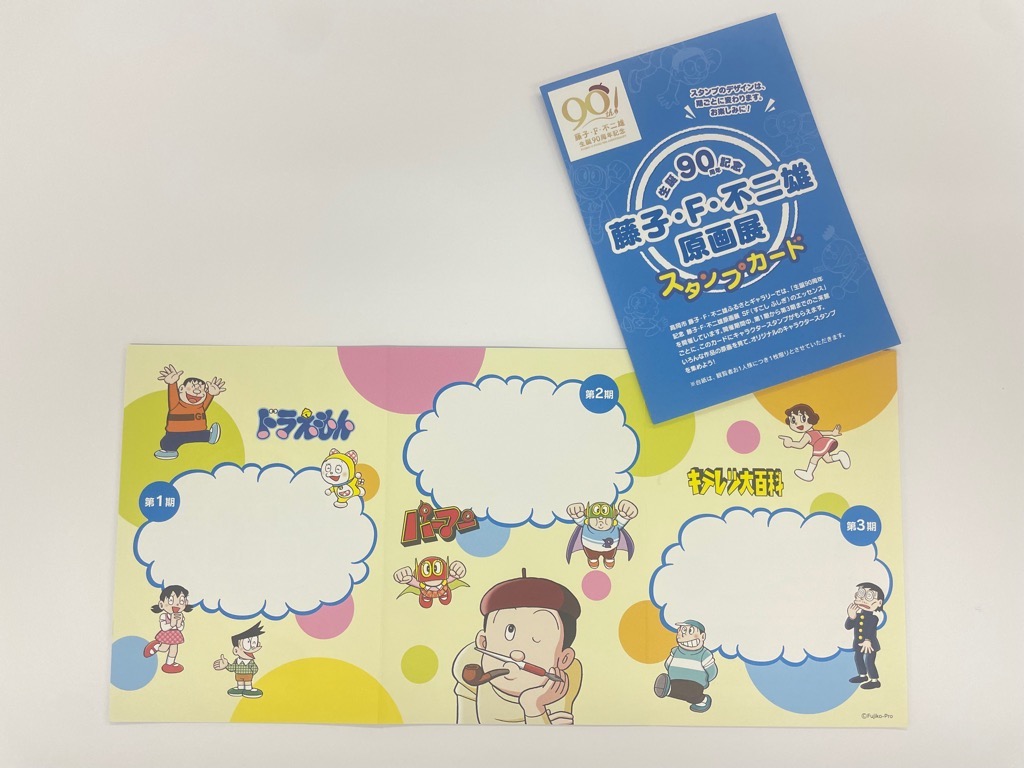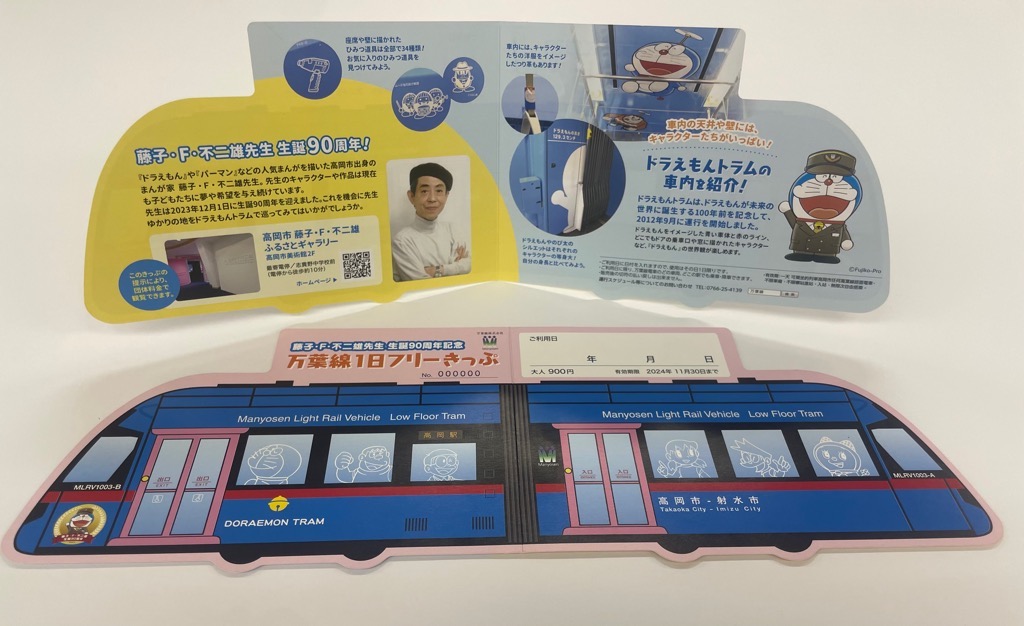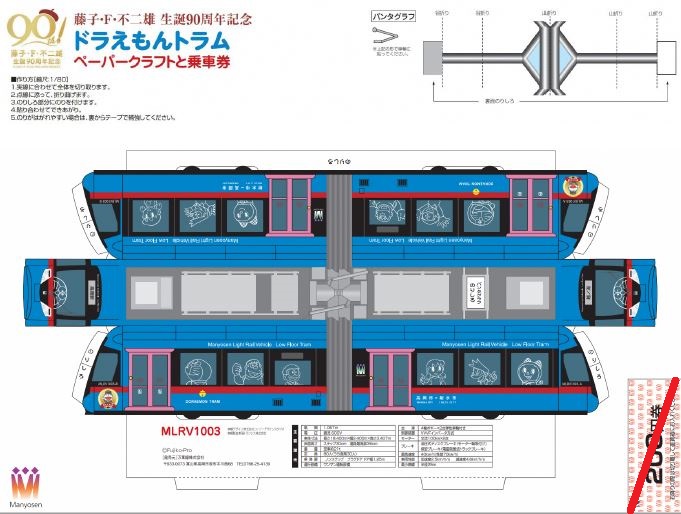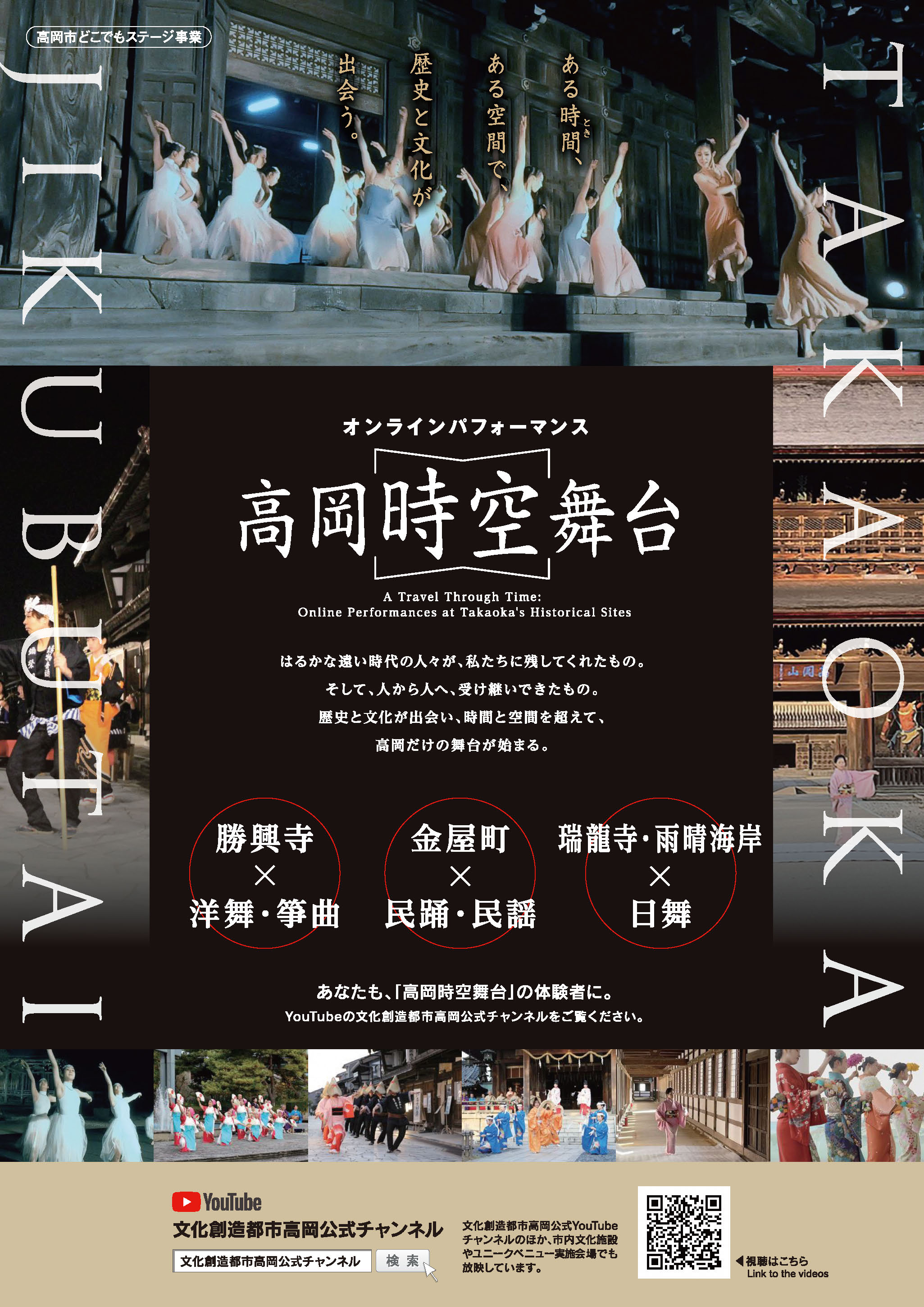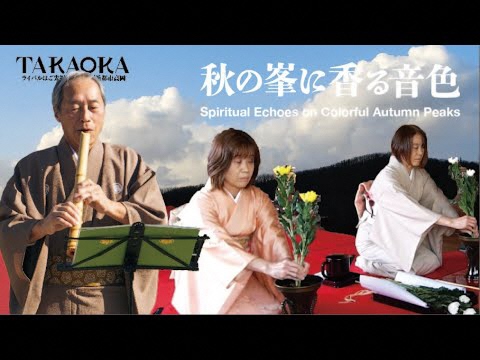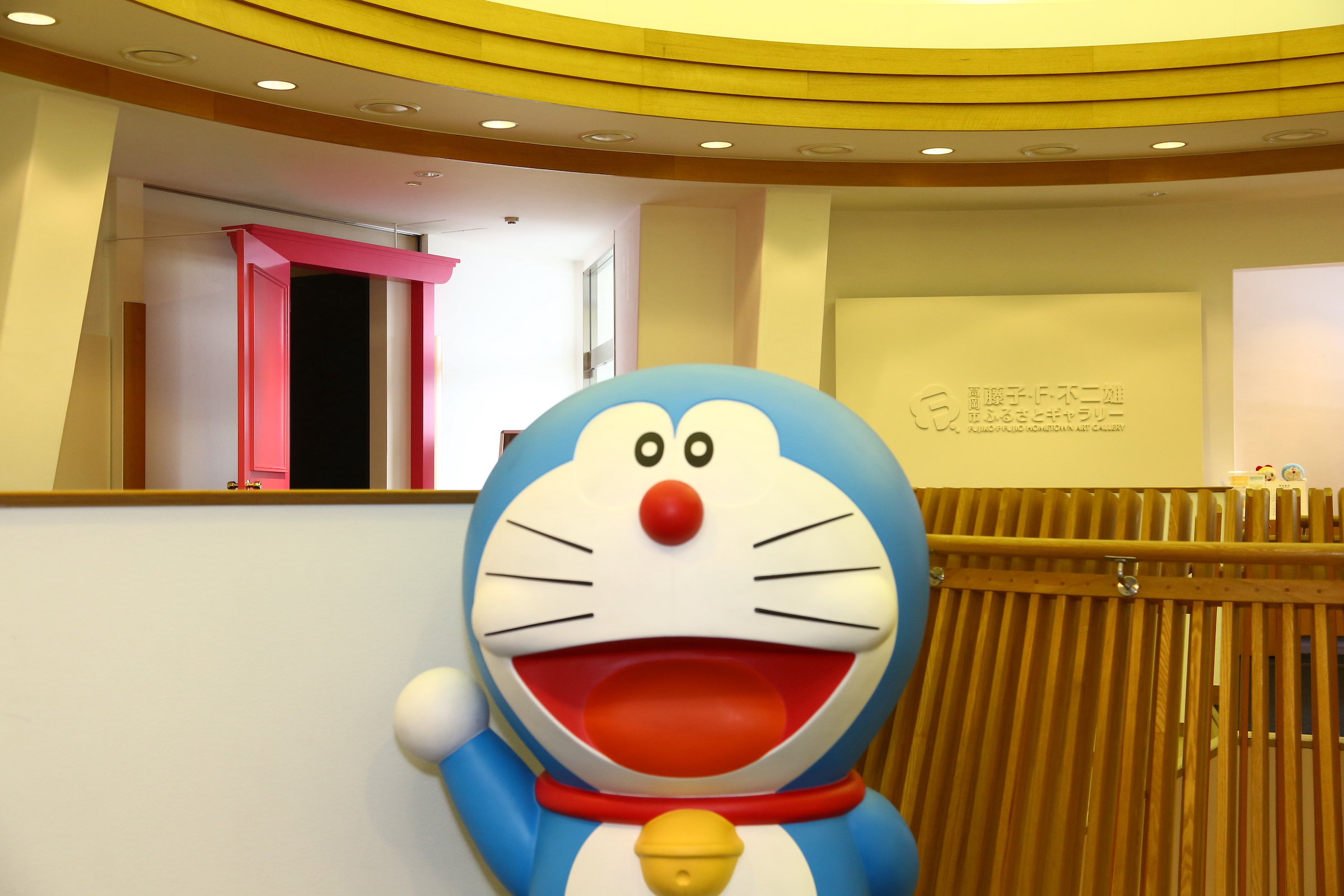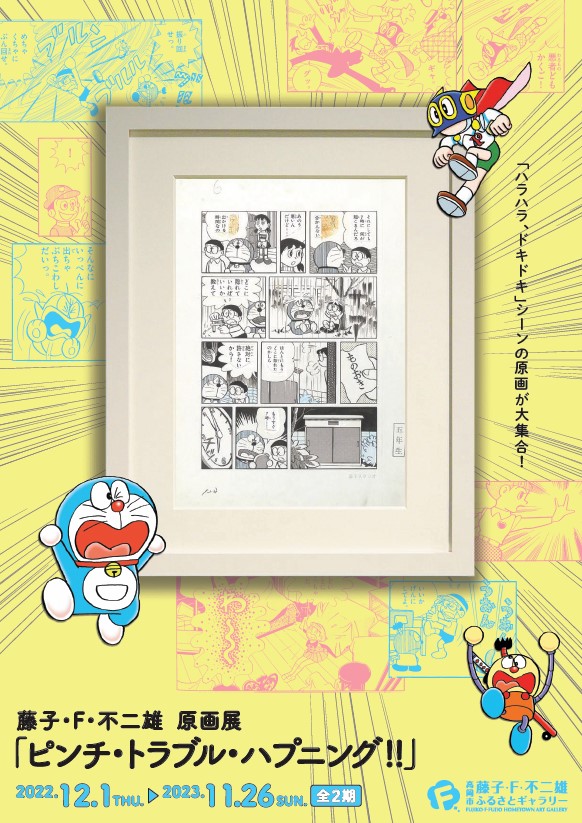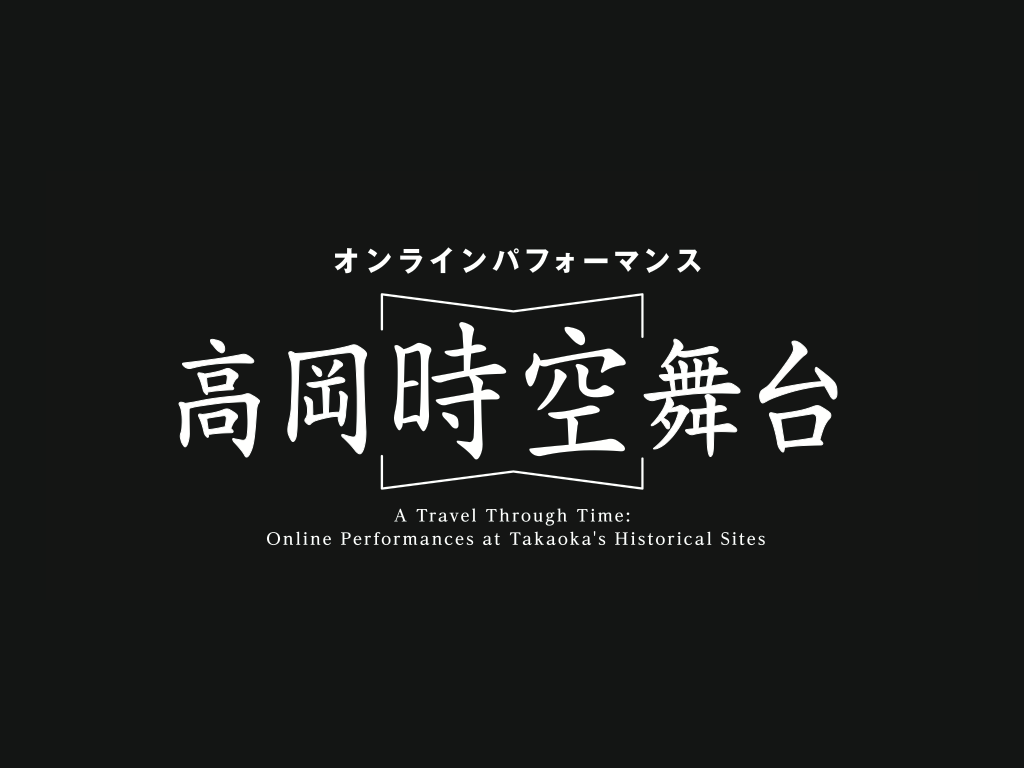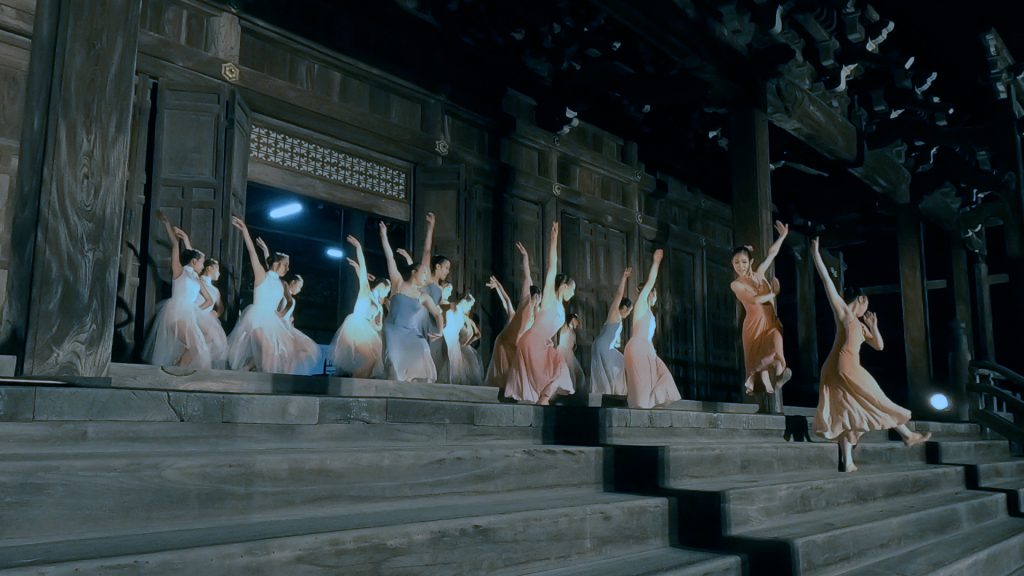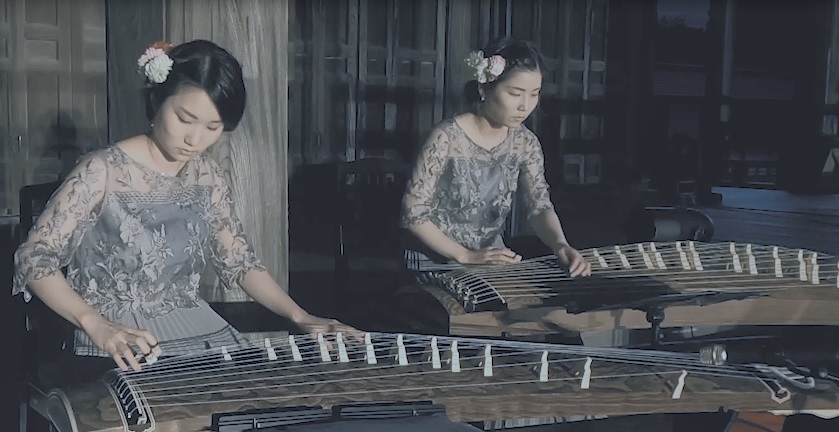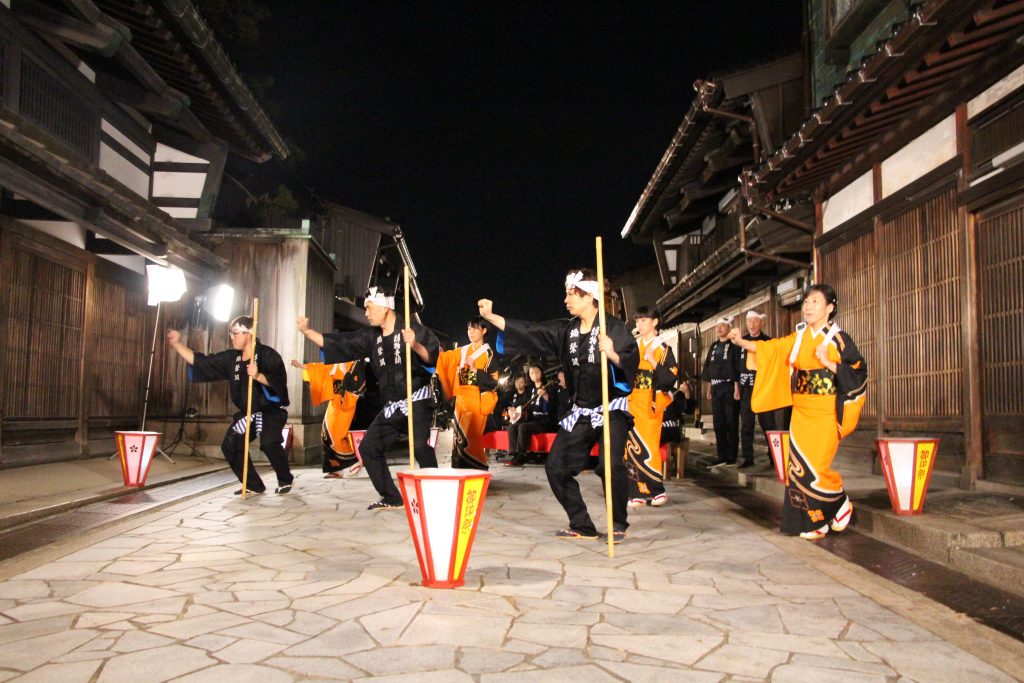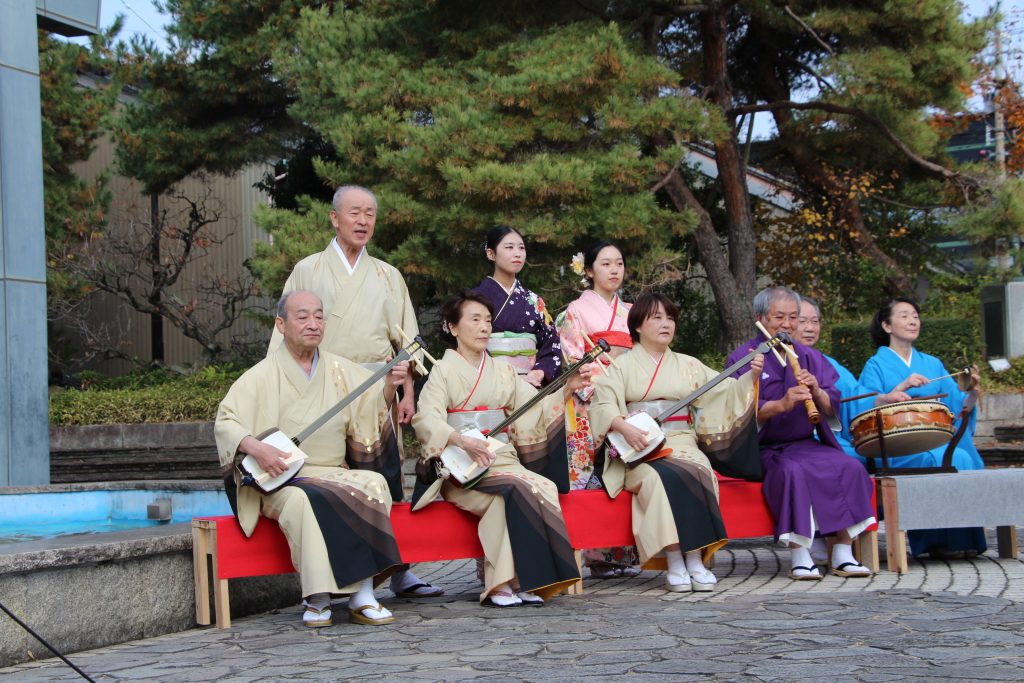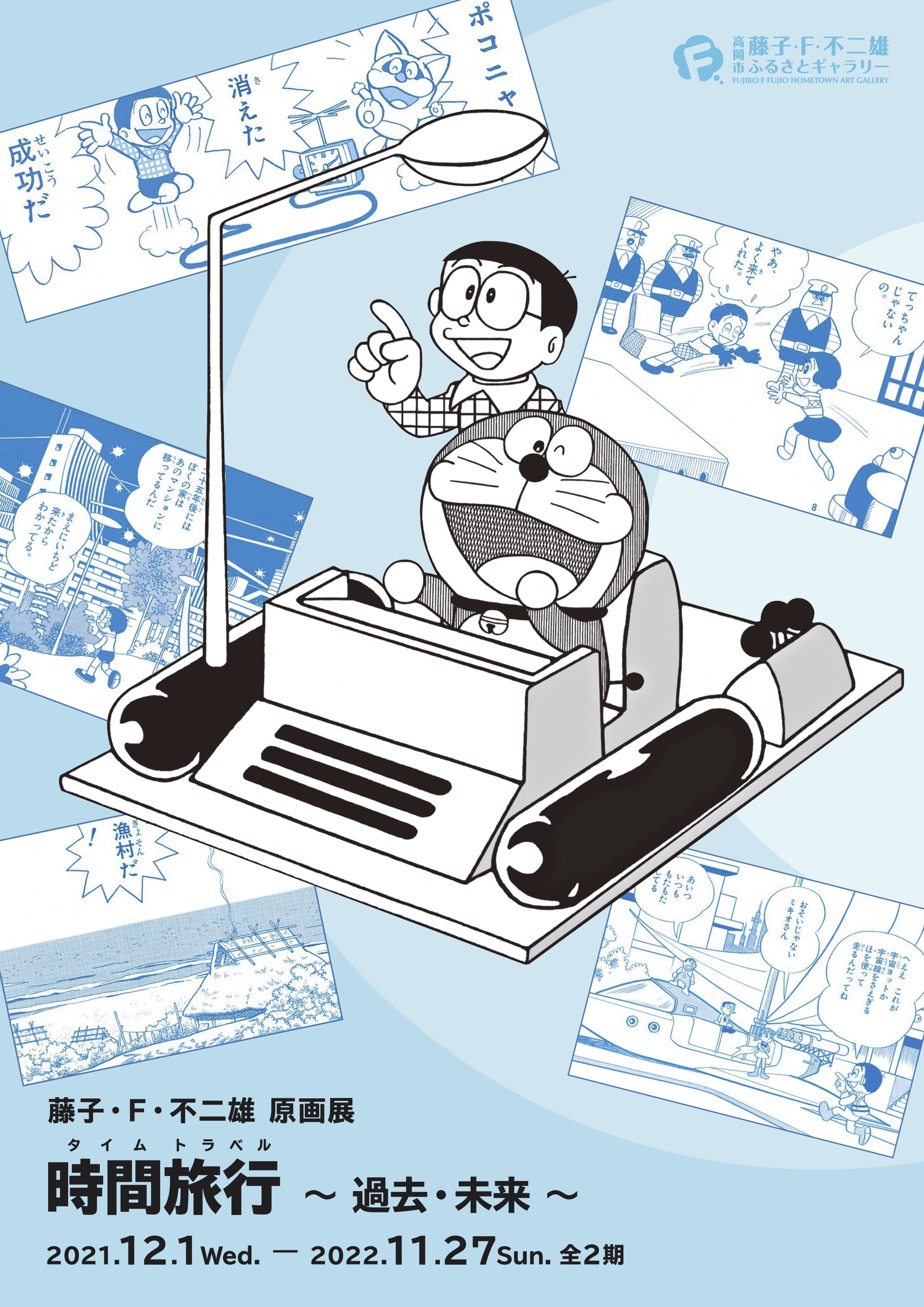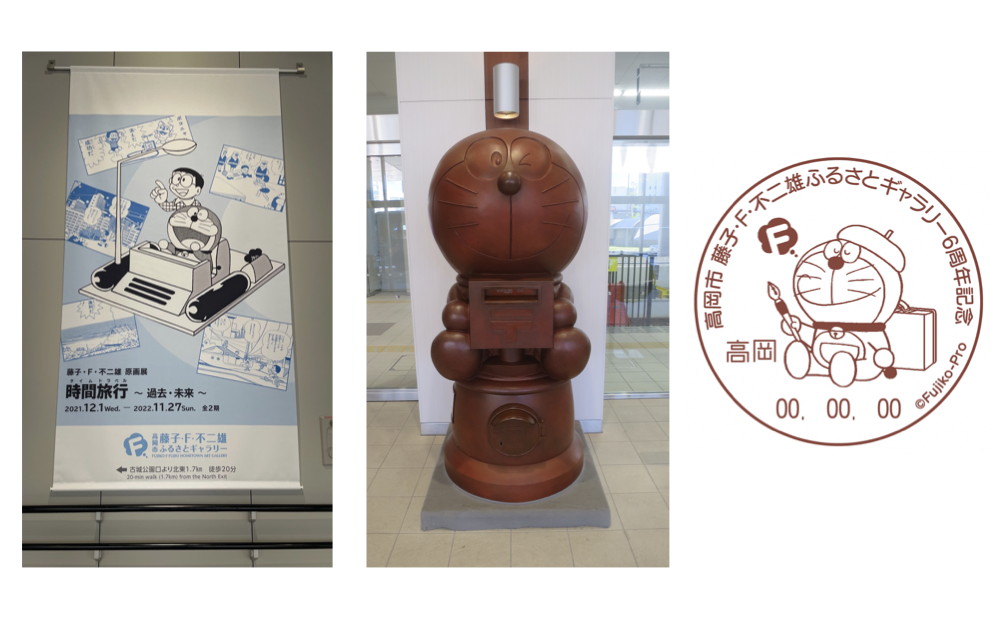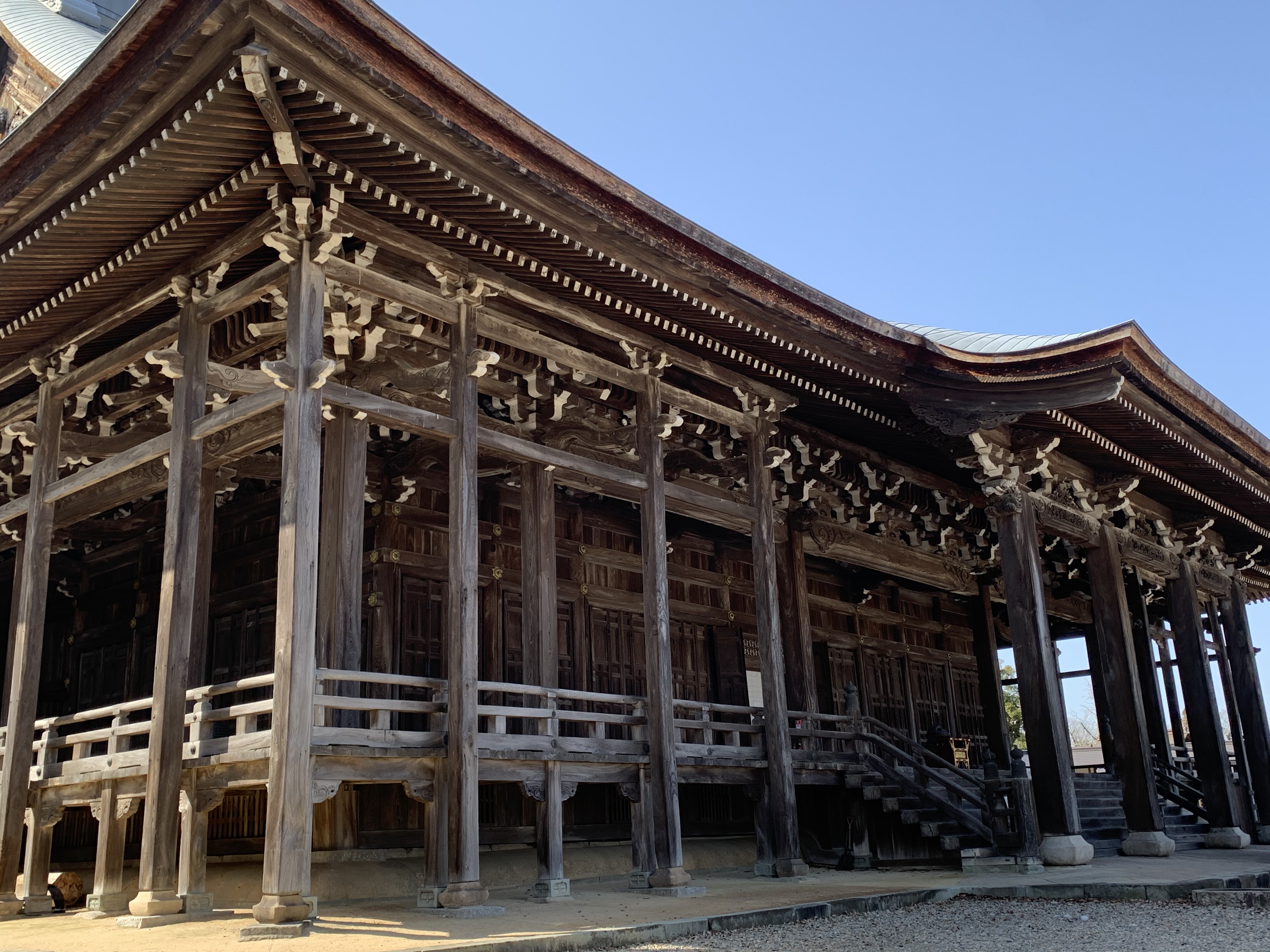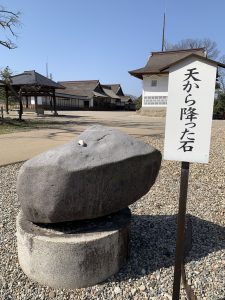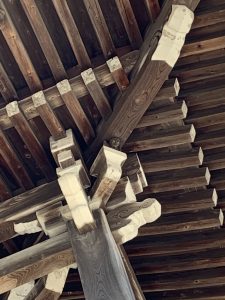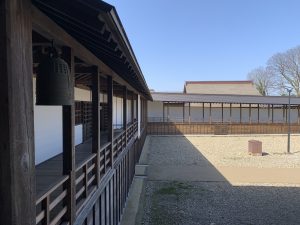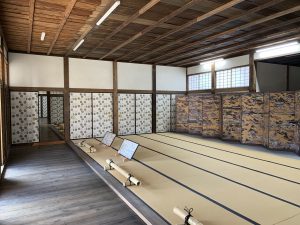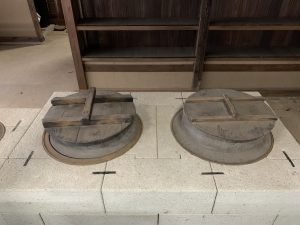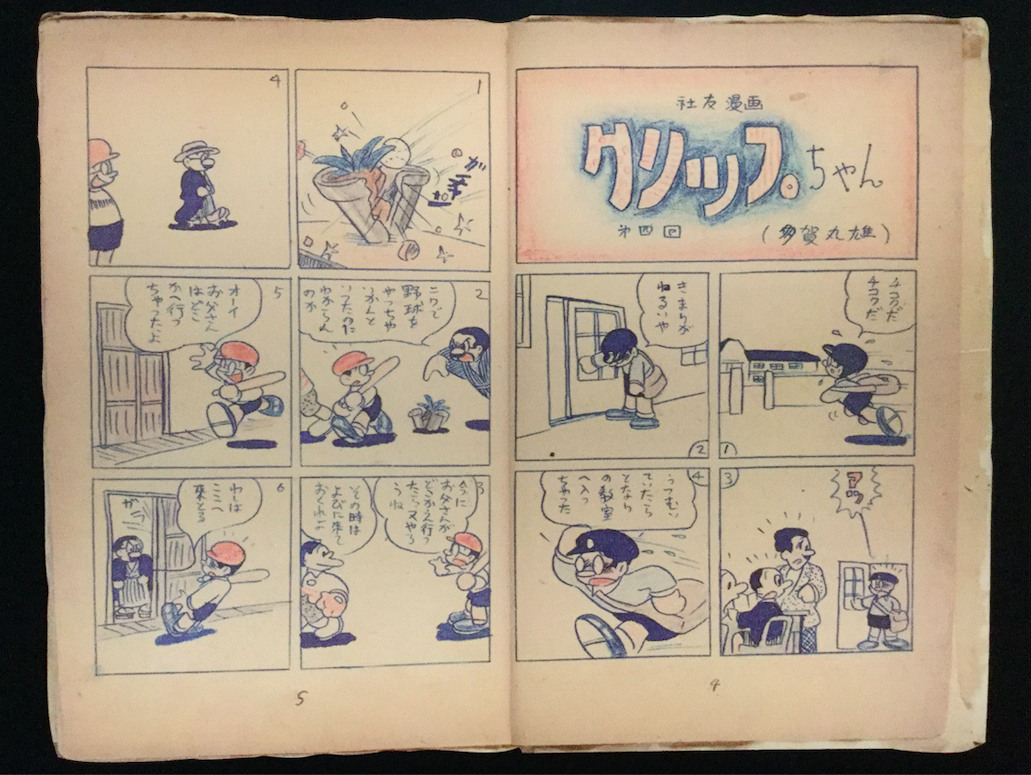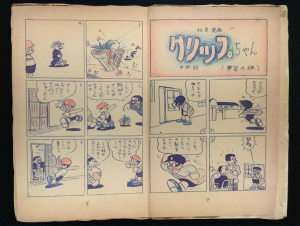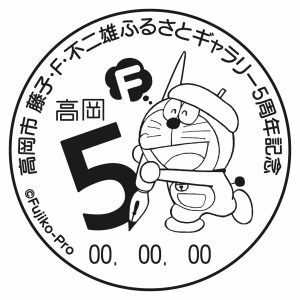Artist-in-Residence “10dence – Japan AIR 2025” to be Held at the Takaoka Dozo-zukuri Museum! (Exhibition: April 12th (Sat) and 13th (Sun))
The artist-in-residence program “10dence – Japan AIR 2025,” organized by 10dence Platform, will be held at the Takaoka Dozo-zukuri Museum from Friday, April 4th. An exhibition will be held on Saturday, April 12th and Sunday, April 13th, where you can see the works that the participating artists created during the program.
What is an Artist-in-Residence?
An artist-in-residence (AIR) is an art program in which an artist stays in a certain place or region for a certain period of time while conducting research and creative activities. It is expected that this will lead to the discovery of new charms of the area that even the local residents may not have noticed, and that it will also revitalize the area through intercultural exchange.
The organizer of this event, 10dence Platform, is an art platform operated by the Dutch gallery “10dence gallery” planned and supervised by artist Ron Weijers. For “10dence – Japan AIR 2025,” two locations were selected as the venues: Kyoto City, where the event was held earlier, and Takaoka City.
Nine artists from Japan and abroad will participate. The theme is “JAPANESE ELEMENTS”.
Nine artists from the Netherlands, Belgium, the United States, and Japan will participate in this artist-in-residence program. The theme is “JAPANESE ELEMENTS”, and the concept is to continue the dialogue between abstraction and concreteness across history and culture. In addition to this overall concept, the participating artists will pursue their own artistic practice and create works based on their own style and concept.
[Participating artists]
Francis Beaty (USA)
Rose Bracke (Belgium)
Nobxhiro Mido / 三堂信博 (Japan)
Susumu Ohira / 大平奨 (Japan)
Frédérique Rennuit (Belgium)
Larisa Sjoerds (Netherlands)
Michael Vecellio (USA)
Ron Weijers (Netherlands)
Keiko Yamamoto / 山本圭子 (Japan)
What kind of expressions will emerge from a deeper understanding of Takaoka’s history, local culture, traditional crafts and architectural techniques while staying at the Takaoka Dozo-zukuri Museum (a city-designated cultural asset) on Yamacho-suji Street?
An exhibition will be held on Saturday, April 12th and Sunday, April 13th, the final weekend of the residency, where artists will give explanations of their works (date and time to be determined) and you will also be able to interact with the artists through an interpreter. You may also come across artists strolling around Takaoka city during their residency. Why not experience a new charm of Takaoka and Japanese culture through interaction and appreciation of works?
Exhibition Details
●Theme: “JAPANESE ELEMENTS“
An exhibition of works by domestic and international artists reflecting on traditional Japanese culture
●Dates: April 12th (Sat) & 13th (Sun), 2025, from 9:00 AM to 4:30 PM
●Location: Takaoka Dozo-zukuri Museum (26 Konmadashi-machi, Takaoka City)
●Admission: Free
●Organizer: 10dence Platform
●Supporter: Takaoka City Board of Education









